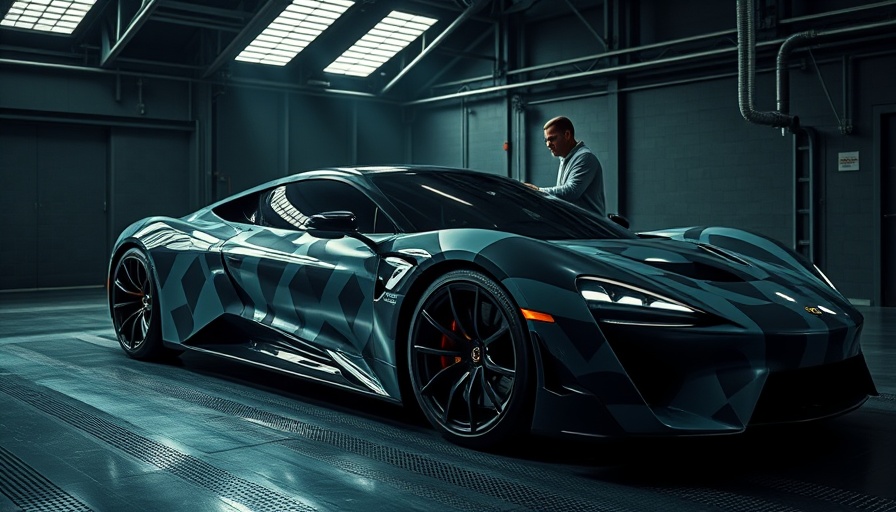
The 2026 Mercedes-Benz CLA EV: Bridging Innovation and Limitations
The 2026 Mercedes-Benz CLA-Class EV has made waves in the automotive world, boasting impressive technological advancements and robust charging capabilities. This marks a significant step for the brand as it aims to enhance the electric vehicle (EV) experience for users. However, a significant limitation remains: despite featuring the North American Charging Standard (NACS) port, it cannot charge at Tesla Superchargers, which presents challenges for future owners.
A Unique Charging Architecture
One of the standout features of the new CLA EV is its ability to achieve charging speeds of up to 320 kilowatts, unprecedented for a Mercedes model. Yet, this impressive capability comes with the caveat that it can only utilize 800-volt-compatible charging stations. Conventional Tesla Superchargers max out at around 470 volts, which means that, for now, CLA EV owners would have to find higher-voltage chargers if they expect to take advantage of the full charging potential.
The Impact of Compatibility
Compatibility issues have raised eyebrows among potential buyers, especially considering the widespread availability of Tesla Superchargers across the U.S. Many EV owners rely heavily on these fast-charging stations for their daily driving needs. While Mercedes-Benz offers assurances that the CLA's navigation system will direct drivers to the right charging stations, the limited availability of 800-volt chargers could result in inconveniences for early adopters in the market.
Understanding the Charging Landscape
While many might expect a new EV model to align seamlessly with existing infrastructure, the CLA EV introduces a new paradigm. Other brands, such as Hyundai with its Ioniq 5, have opted for dual compatibility, allowing for wider access across different charging networks. Thus, the decision to eliminate compatibility with 400-volt charging stations raises questions about the foresight of Mercedes-Benz and its strategy in the rapidly evolving EV market.
Looking Ahead: Charging Infrastructure Development
The future of fast EV charging hinges on the development of more 800-volt infrastructures. Mercedes-Benz has promised that new charging stations will progressively emerge to accommodate the CLA, aligning their infrastructure upgrades with consumer needs. However, the current landscape leaves much to be desired for user convenience. Will potential buyers be willing to wait for this infrastructure to grow, or will the limitations drive them to competitors who offer greater flexibility?
Making Informed Decisions
For consumers keen on the CLA EV, it's essential to weigh these factors against your driving habits and charging needs. With its groundbreaking charging architecture, it does herald a significant technological achievement. However, understanding the nuances of charging compatibility and the availability of supportive infrastructure will be critical in making an informed decision.
As automotive technology progresses, staying informed and adaptive is crucial for consumers navigating this evolving landscape. Knowing both the strengths and weaknesses of upcoming models like the Mercedes CLA EV is key to making the best choice that aligns with individual lifestyles.
Stay updated on the rapidly changing EV market and charging strategies by joining our following articles to discover how technology continues to shape and define our daily lives.
 Add Row
Add Row  Add
Add 




 Add Row
Add Row  Add
Add 

Write A Comment